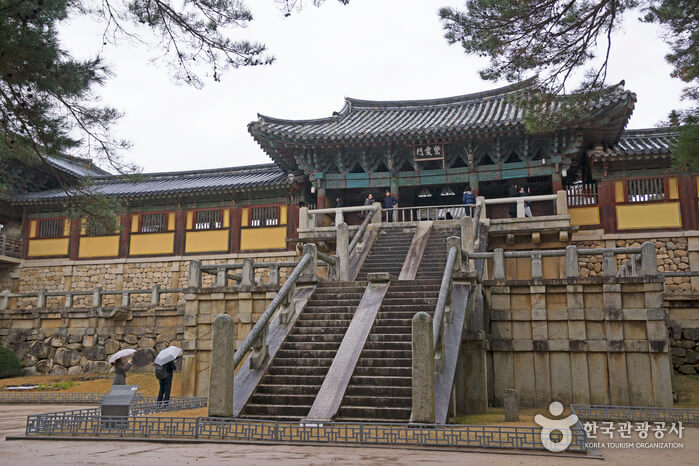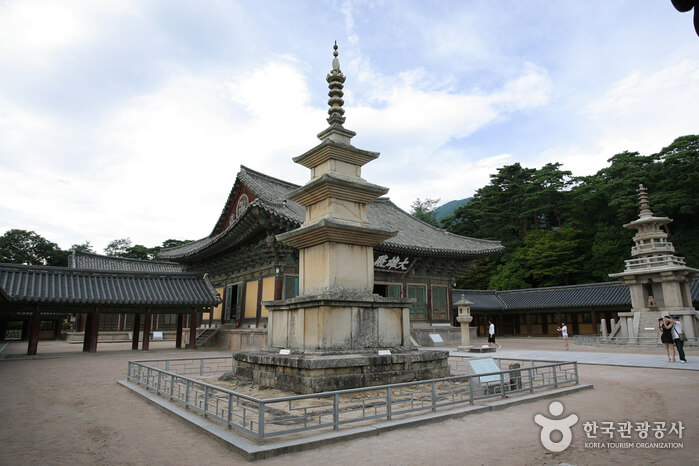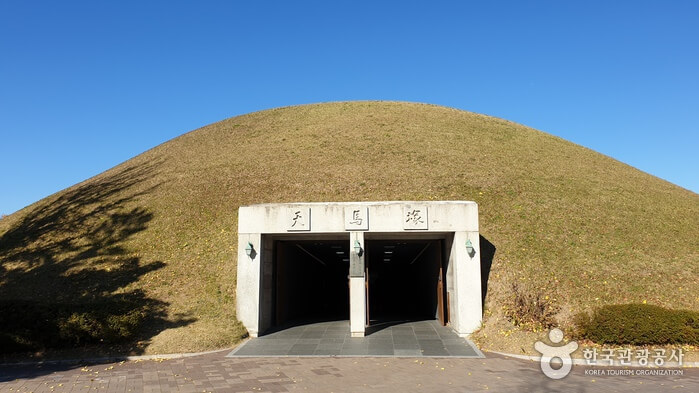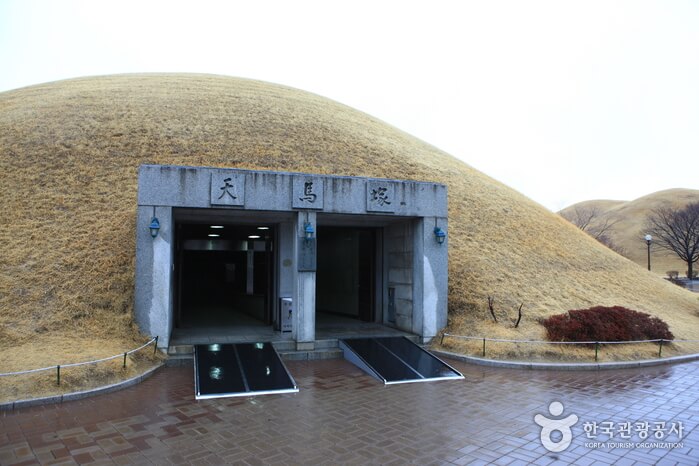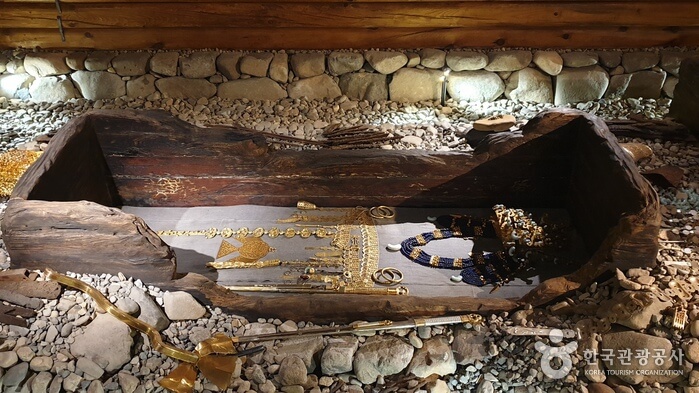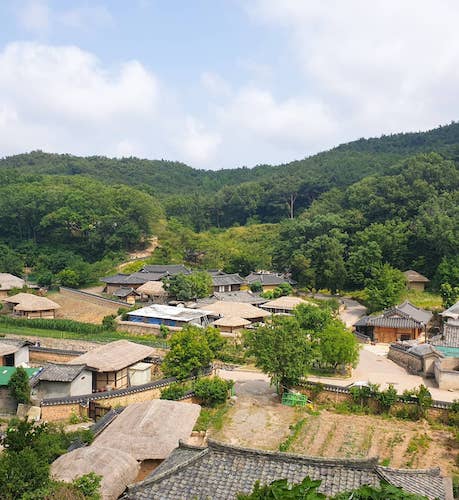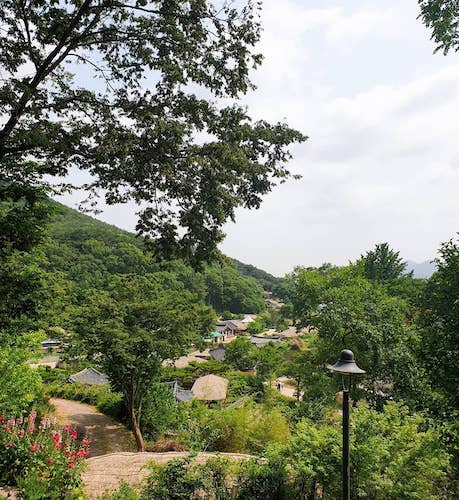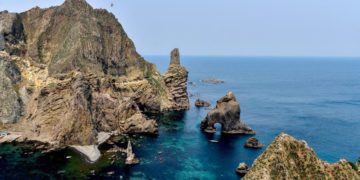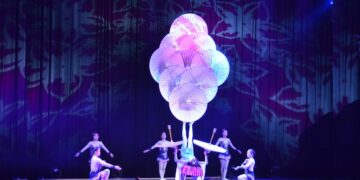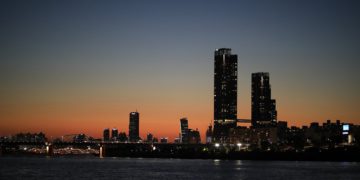Last Updated on 3 years by admin
Enjoy the picturesque beauty of ‘the museum without walls’ and Korean history by exploring the top things to do in Gyeongju!
The historical city of Gyeongju deserves a special mention in every wanderer’s travel journal. Popularly known as “The museum without walls,” the city serves as a break from the hubbub of the metropolis. With a delicate balance of culture and trend, you won’t run out of things to do in Gyeongju.
History of Gyeongju (경주)
Gyeongju was the ancient Capital city under the powerful Silla Dynasty from 57 BC to 935 AD. Lauded as the Historical Capital of South Korea, the city boasts four UNESCO World Heritage Sites and 31 National Treasures.
In the 1000 years long rule of the Silla Dynasty, Gyeongju was culturally enriched and beautified over time. At the zenith of its power, Gyeongju was the fourth largest city in the world!
Even though the city is not as popular as Korea’s other destinations like Seoul, Jeju, or Busan, but it is still a must-see city! And especially if you are someone who enjoy history, natural, and picturesque scenery.
Gyeongju houses numerous archaeological sites and cultural properties of the time. Under the Silla dynasty and it was the Silla Kingdom’s seat of political and cultural life in 668 AD.It housed the court and most of the kingdom’s elite.
The Silla reign was followed by the Goryeo (918-1392), led by King Taejo, who renamed the city as “Gyeongju.” It means “Congratulatory district.”
In subsequent years, Gyeongju managed to retain its position as an important city of Korea. However, under Joseon (1392-1897) dynasty, it started losing its importance and ceased to be a capital in 1601.
Things to do in Gyeongju
Gyeongju is in the southeast region of South Korea and there are so many things to do in Gyeongju if you like going back into history.
Rouse your spirits at the Bulguksa Temple (불국사)
Bulguksa temple is the main temple of the Jogye Order of Korean Buddhism. You’ll be visiting many temples on your trip to South Korea but it is one of the must-see temples.
Located on the mountain slopes of Tohamsan (Jinheon-dong, Gyeongju), it houses seven National treasures of South Korea. These include the Dabotap and Seokgatap stone pagodas near Daeungjeon (main hall) and the statues of Lord Buddha. It is a UNESCO World Heritage site and a classic work of Buddhist art under the Silla Kingdom.
The Dabotap and Seokgatap pagodas (National Treasure No. 20 and 21) are prominent attractions of the temple. While the Dabotap boasts of its highly ornate designs, the Seokgatap is minimal and simple.
The earliest records of the temple date back to 528 AD. The small temple was built under King Beopheung of Silla. The current main temple was started under King Gyeongdeok in 751 AD and completed in 774 by the royal court of Silla.
After suffering severe damages during the Imjin Wars (Japanese Invasions, 1592-1597) and World War II, the temple had to go through significant restoration works from 1966 to 1973. The renovation of the stone structures is now complete.
Location: 385, Bulguk-ro, Gyeongju-si, Gyeongsangbuk-do, Gyeongju
Hike to Seokguram Grotto (석굴암)
Located four kilometers east of Bulguksa temple complex is another UNESCO World Heritage Site: the Seokguram Grotto. Designated as National Treasure No. 24, the hermitage encompasses some very exemplary Buddhist Sculptures of the World.
A healthy hike along the mountain from the Bulguksa temple to Seokguram Grotto is a ritual most tourists love to do in their Gyeongju trip.
If you don’t want to hike, there are bus services that are also available.
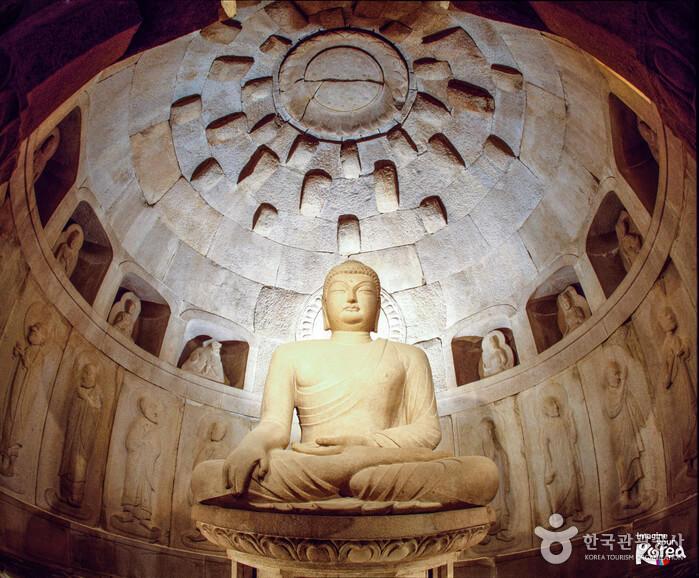
The monument, previously known as “Seokbulsa,” was built during the zenith years of the Silla rule by Kim Daeseong and it took more than thirty years (742-774 AD).
The treasured stone statue of Lord Buddha is the prime attraction here. Now behind protective glass to preserve its original condition, it is no doubt grand. However, historians and experts are still in doubt of the Buddha’s identity.
The architecture of Seokguram Grotto is absolutely awe-inspiring. The ceiling decorated with half-moons, the Bodhisattva, and sculptures, all of them ascertain the skill and expertise of the Silla architects.
It’s important to note that you cannot take photos inside the cave.
Location: 873-243, Bulguk-ro, Gyeongju-si, Gyeongsangbuk-do, Gyeongju
Dwell in a time warp in the park of Tombs
A cross-cultural cousin of the Egyptian pyramid, Korea has a tomb complex for the Silla elites. The tombs, called “Tumuli,” are designed as mounds or small hills.
Daereungwon Tumuli Park (대릉원) includes several of these tombs and you can walk around or inside these mount-like tombs.
The park bears the remains of Kings and Queens, with their lavish possessions laid out. You can witness the extravagance of their lives ranging from golden ornaments to golden shoes.
The tumuli park of Gyeongju encompasses 23 tombs of different sizes. Each tomb reflects its own story. The largest and most famous among them are that of Cheonmachong (천마총) and Hwangnam Daechong.
A trip to this park in Gyeongju should be in the bucket list of every travel lover and something everyone should definitely give a try.
Location: 102, Wonhwa-ro, Gyeongju-si, Gyeongsangbuk-do, Gyeongju
Trip through tradition at the Yangdong Folk Village (양동마을)
Yangdong Folk Village is a brilliant example of an ancient Korean aristocratic village (Yangban) that dates to the Joseon times. It is the Important Folklore Materials no. 189 by the government.
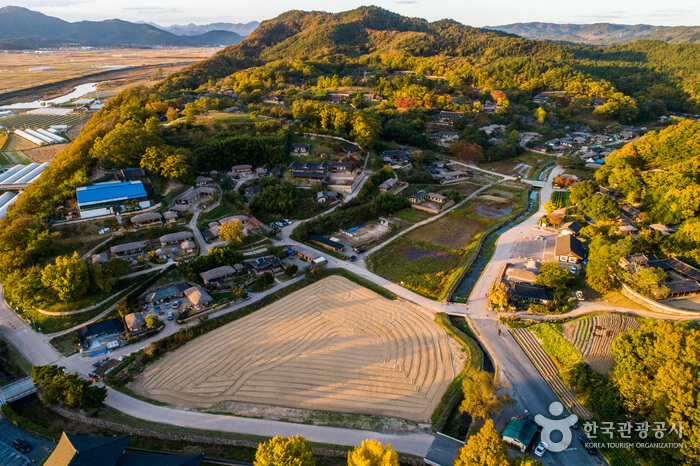
In South Korea’s ever-growing modern and futuristic vision, the little village holds close its oldest traditions. It is modernizing at its own steady pace. The age-old rituals of honoring the ancestors and practicing the teachings of Confucius, Yangdong village is like a living historical archive.
The village boasts of being Korea’s largest traditional village. Founded in the 15th century by Son So (1433-1484) of the Wolseong Son clan, this village ardently follows the Neo-Confucian traditions.
Yangdong village is one of the brilliant examples of rich culture and tradition of South Korea. The village has attracted many eminent personalities from around the world. In 2010, it was declared a World Heritage Site by UNESCO.
Location: 93, Yangdongmaeul-gil, Gyeongju-si, Gyeongsangbuk-do


